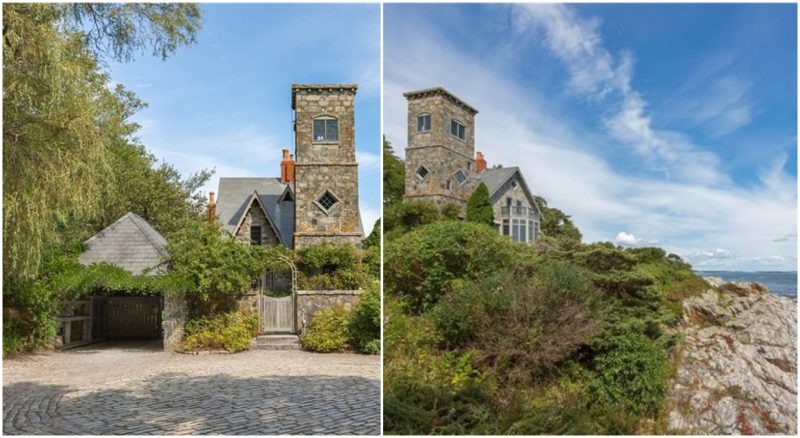High on a hillside overlooking Cape Elizabeth, Maine, is the beautiful Beckett’s Castle. This two-story Gothic stonework home was built in the 1870s by Sylvester Beckett, a lawyer and prominent figure among Portland’s literary society.
The “castle” was built as a summer cottage, and its large tower, seen prominently atop the landscape, has been used as a navigational tool for ships entering the Portland Harbor.
The grey fieldstone gives the building a look reminiscent of Scottish estate homes, and its steep gabled roof adds to this ambiance.
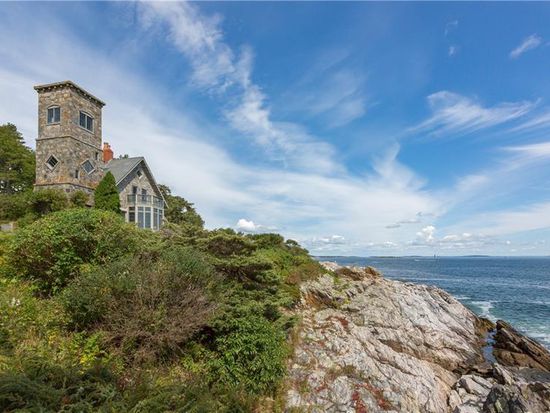
The tower itself is in three parts, with each being consecutively smaller than the one below, and a belt course, or row of stone, at the top of each section. The top has a small observation area for looking at the amazing Maine sea view.
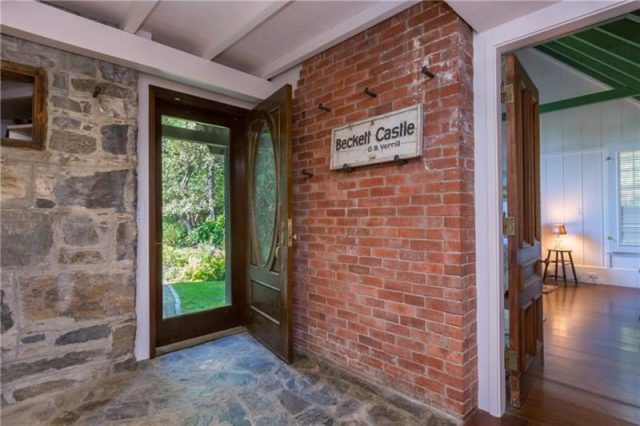
Inside, the house has many period wood features, including exposed beams, leaded windows, narrow doorways, lovely stone and brickwork, and built-in bookshelves.
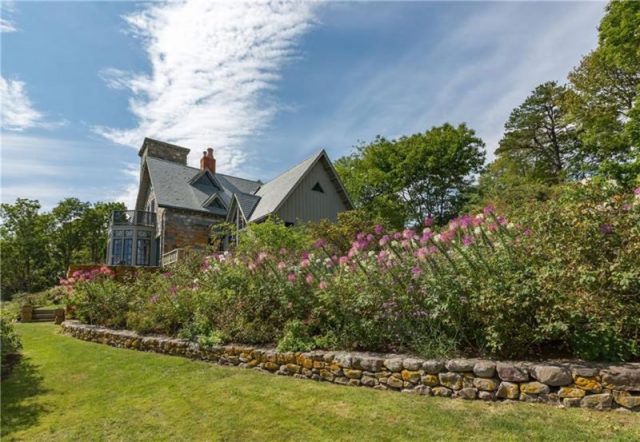
Situated on the property at the moment are a cottage, artist’s studio and secret gardens. However, there is much more to this estate than its scenic value. This site is actually known to be quite haunted.
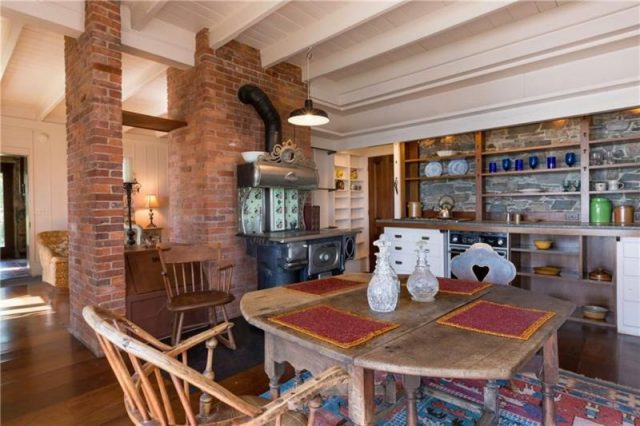
Beckett died in his home less than a decade after completion, in 1882, and since then there have been many strange incidents reported in the home.
Ghost towns reclaimed by nature
Beckett himself is said to appear in the form of a blue ball of light. His spirit has also been reported to have taken blankets off of freshly made beds, opened doors repeatedly, and pulled paintings from walls.
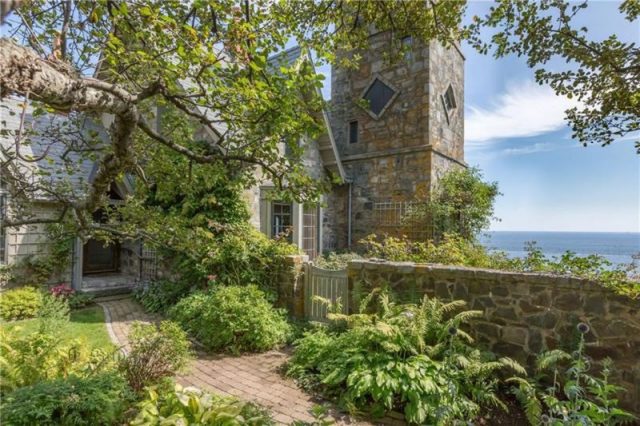
One previous owner, Robert Lins, believed that the spirit of Beckett remained in the home, and he hired a medium, Dr. Alex Tanous, as well as a reporter, Lynne Campbell, to witness a séance during which the medium “channeled” Beckett’s apparition.
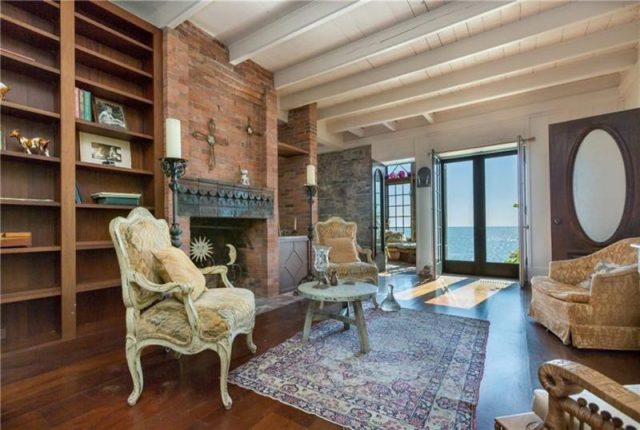
It was hoped that Dr. Tanous could provide some insight as to who, or what, was causing the supernatural disturbances.
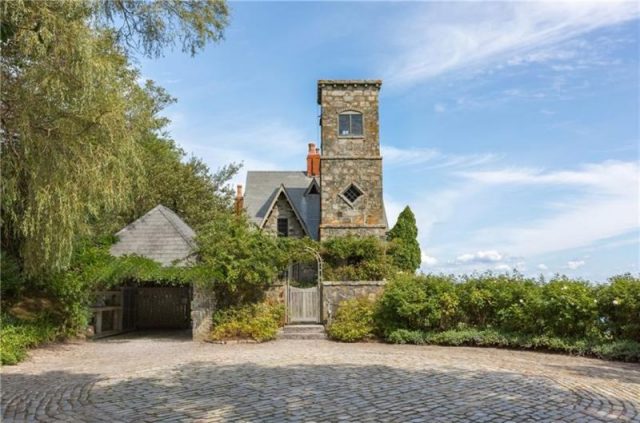
As an example of odd occurrences, Lins mentioned that he had hung a painting over his stove, and found it in the same place–face down behind the stove–at least four times.
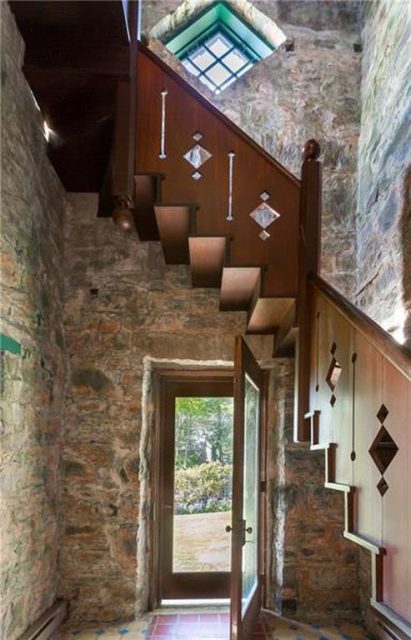
He also reported feeling pressure, as if being held down, while sitting in his living room, and the door that led from his bedroom to the tower would open and close on its own.
He became so frustrated with this that he nailed it shut. However, the door opened once again, and so powerfully that it pulled the nails out of the casing.
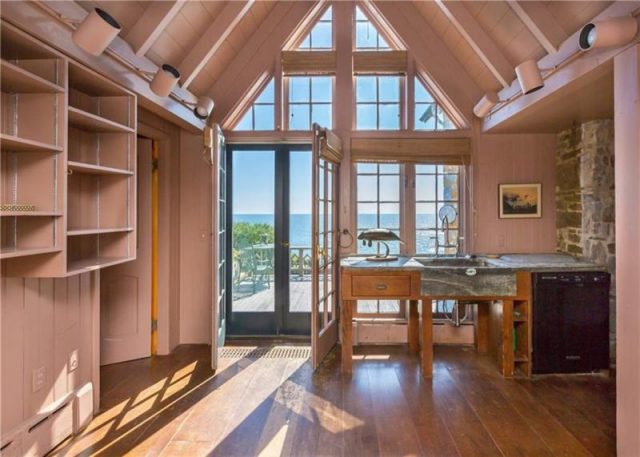
During his time in the house, Tanous claimed to sense several spirits, some of whom were painters.
Tanous confirmed that he also believed Beckett to be still in the house, and he was simply making his presence known.
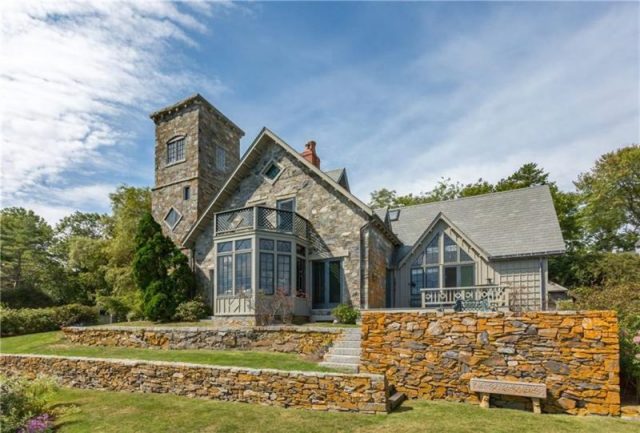
The reporter, however, maintained a healthy dose of skepticism and had to apparently leave the room due to a coughing fit, so never actually witnessed anything.
Despite there being no documented evidence of any claims of paranormal activity in the house, the site has nonetheless been featured in several books and websites about famous haunted properties.

Added to the mystique of the house is the fact that Beckett himself was interested in the presence of an afterlife, and conducted séances of his own on site.
The property was recently listed for sale, at $3.35 million. Its latest owner, Nancy Harvey, died in 2016.
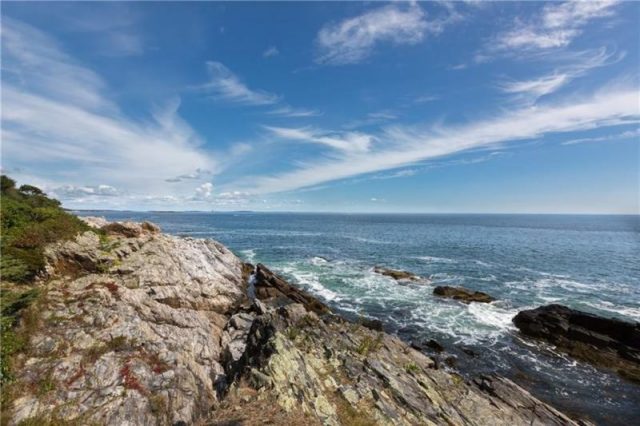
The home, which had fallen into disrepair, was restored and refurbished by Harvey when she purchased it in 1981–almost 100 years after Beckett died–adding what has been called a “magical touch” to the site.
Harvey felt that her efforts made Beckett’s spirit “happy” and the only experiences she had with him were “gentle.” The house is listed in the National Register.
Patricia Grimshaw is a self-professed museum nerd, with an equal interest in both medieval and military history. She received a BA (Hons) from Queen’s University in Medieval History, and an MA in War Studies from the Royal Military College of Canada, and completed a Master of Museum Studies at the University of Toronto before beginning her museum career. She has lived and traveled all over Canada and Europe.
